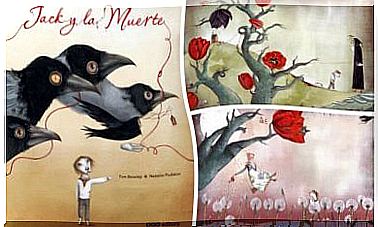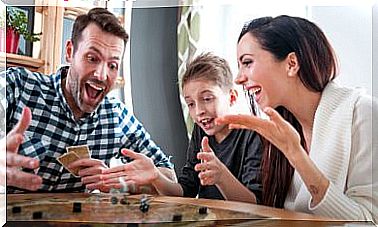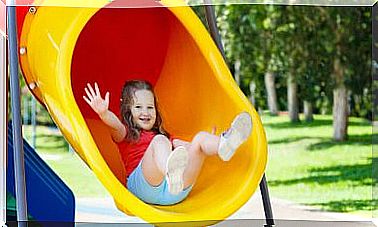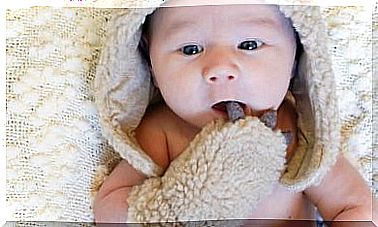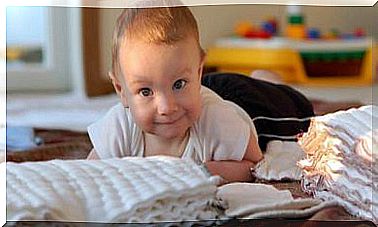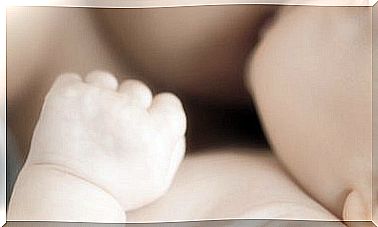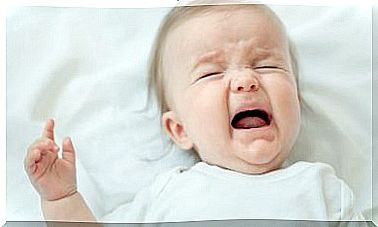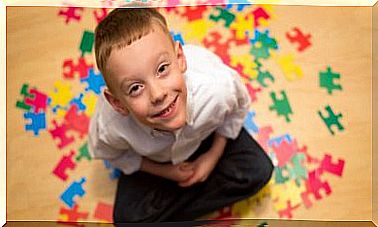How To Interpret The Child’s Drawings
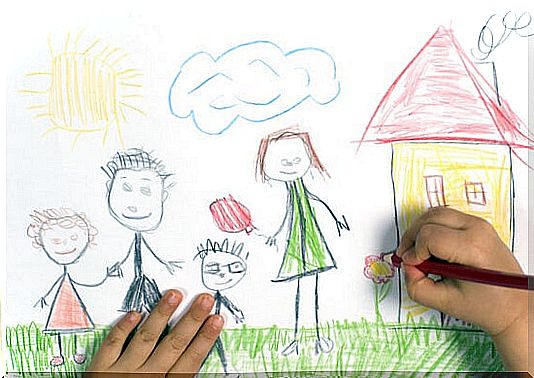
Children use drawing to express their feelings and wishes. This can help us to know how the boy feels about his family, school, friends, etc. Many details can be seen in the child’s drawings that, once in adulthood, often go unnoticed. This is your means of communication with the outside world. Therefore, to interpret the child’s drawings exhaustively, following protocols, only qualified people, psychologists, psychiatrists, etc. can do it.
Despite this, there may be certain guidelines that help to interpret children’s drawings, but in a purely indicative way. To find out more, you always have to go to a specialist. In this article we are going to see some of those that serve to guide parents about what their children’s creations mean.
How the child’s drawings evolve according to age
At 18 months
18-month-olds draw in straight lines (zig-zag), because they only articulate the elbow. The wrist and fingers are still stiff.
Something before 2 years
Circular shapes begin to appear that already involve the wrist joint. These strokes are not intended to be representative and are not due to prior planning. In reality, they are only a motor act.
Around 2 and a half years – 3 years
They already combine straight and circular shapes and begin to relate their graphic productions with objects and people. The so-called “Squiggles” appear.
From 3 to 5 years
They have greater control of the stroke due to their progress in ocular-manual control, in the use of the wrist joint and in greater control of the movements of the fingers. At these ages they already control the starting and finishing point of the line, and they combine them to obtain figures or reproduce objects.
The awareness that you are drawing appears and the doodle begins to have representative intent. So now we can talk about drawings. The first representations of the human figure “tadpoles” begin to emerge. Although we have to use imagination, they combine circles for the head and sticks for the members of the figure.
From 5 to 8 years
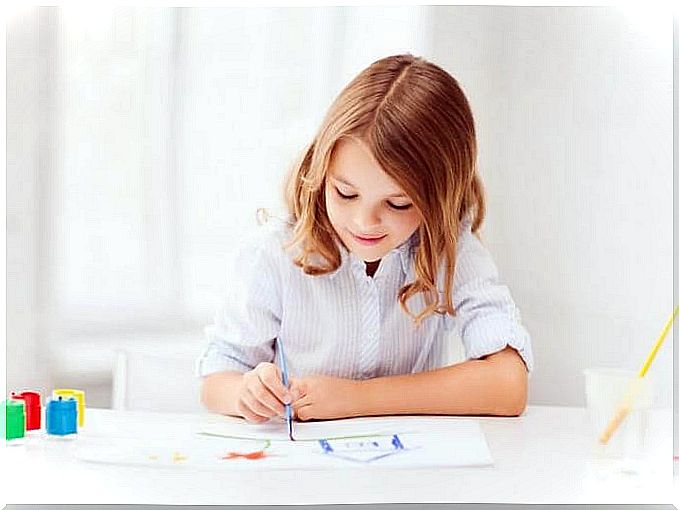
They begin to add more details to their drawings. They are developing progressively more realistic and increasingly complex images as we age and approach 8 years. Throughout this evolution, the drawings will incorporate more details (eyebrows, ears, eyelashes), clothing or other accessories.
From the age of 4 or 5, the human figure they draw does not appear alone, but accompanied by objects, animals or other people. As we age, the things you draw are carrying actions and interactions that will no longer be static.
Keys to interpreting children’s drawings
Drawing position
The drawings that are located in the upper part of the paper are related to the intellect, curiosity, imagination. The facts at the bottom are telling us the physical and material needs that the child may have. If the drawing is done on the left side, it tells us that your thoughts revolve around the past. And if they are on the right side, about the future. If it is located in the center of the paper, it represents the current moment.
Drawing dimensions
If the drawing is large, it shows some assurance. If the shapes are small, it is telling us that this child needs little space to express himself, but it can also indicate that he is a reflective boy or lacks confidence in himself.
Drawing strokes
Continuous and uninterrupted lines denote a docile child, while if it is erased or cut, it may indicate that this child is more impulsive and insecure.
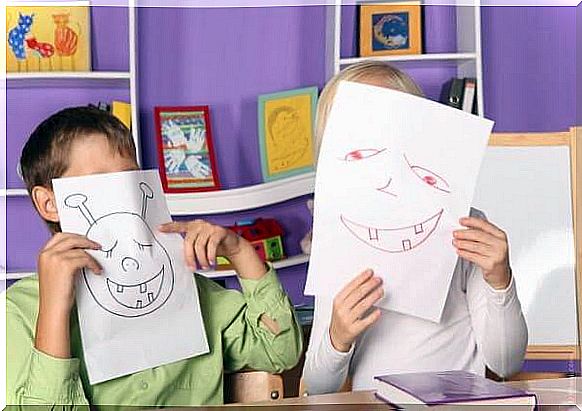
Driving pressure
If the drawing is done with good pressure, it indicates will and enthusiasm. If it is done with a lot of pressure, the stronger it is, the more aggressive it will exist. The looser the line, it indicates physical fatigue and lack of will.
The colors of the drawing
- Red: Represents life, the active, the ardor.
- Yellow: Joy of life and curiosity.
- Orange: need for public and social contact and impatience.
- Blue: Peace and quiet.
- Green: Sensitivity, some maturity and intuition.
- Black: Represents the unconscious.
- Brown: Planning and security.
If the drawing is made with a single color, it usually denotes a lack of motivation or laziness.
Remember that this information is only indicative. If you want an exhaustive interpretation of the child’s drawings to tell you how the boy is emotionally, it is necessary that you go to a specialist in that field.

